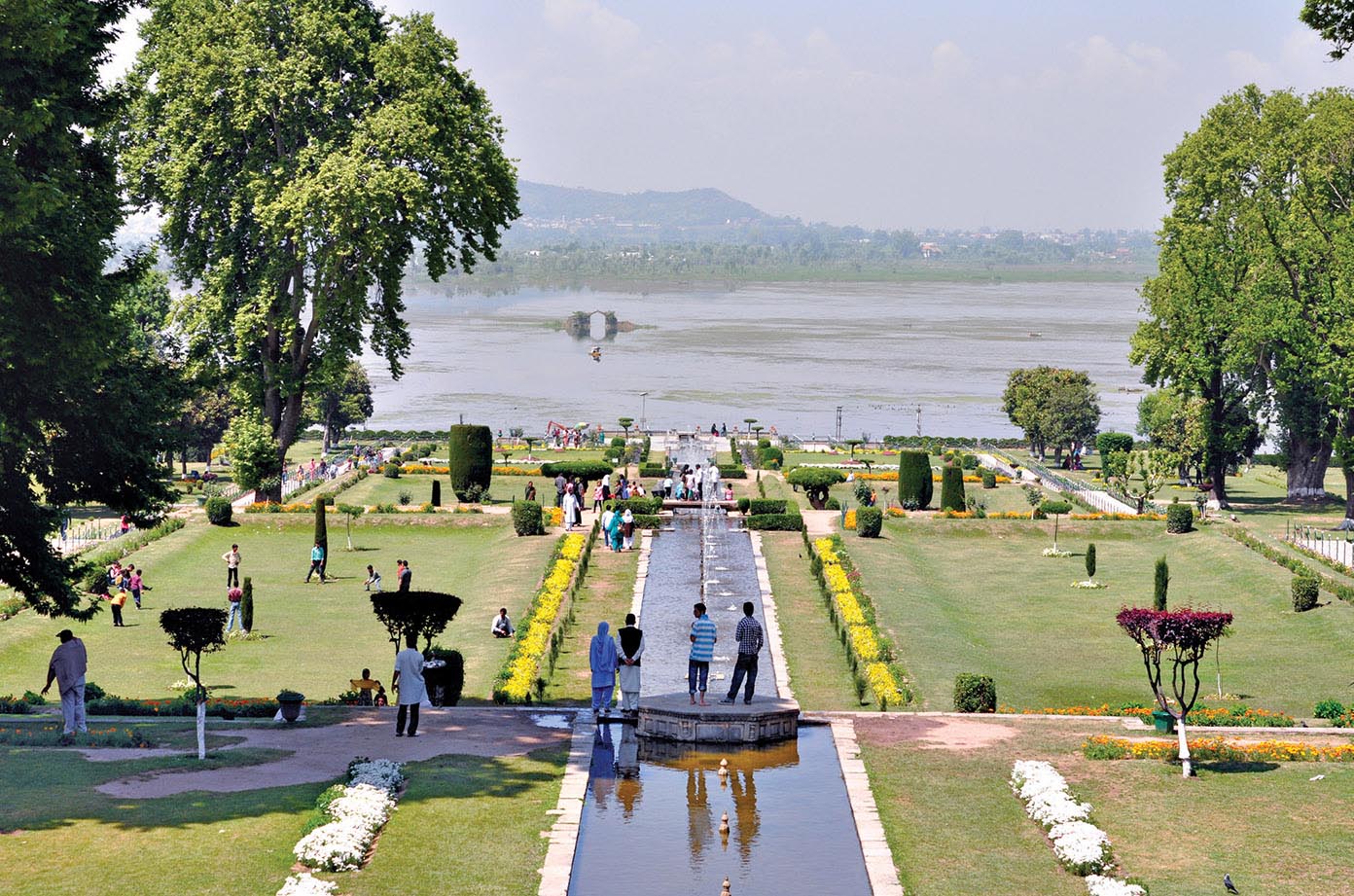| historic gardens, public realm & design
MUGHAL GARDENS IN KASHMIR
AS LIVING MONUMENTS
In Conversation with Jan Haenraets
LA 72 |
|
| The work of Landscape Architect Jan Haenraets ranges from creative design and environmental art to heritage management, cultural landscape advice and planning. His research interests and writings focus on international approaches toward historic landscape preservation, ecological sustainability and preservation of twentieth century designed landscapes. Jan teaches at Boston University on preservation, landscape history and public history, and is a co-founder of Atelier Anonymous-Global Landscape Foundation. His scholarly work also focuses on Asian landscape heritage. He is an expert in Mughal garden history and preservation, with a special focus on Kashmir, India.
|
|
 |
|
Historic gardens are referred to as “living monuments”. How do you look at this very special design typology, strongly rooted in nature and culture?
Gardens are generally outdoors and exposed to weathering and climatic conditions, meaning they are ever-changing, grow and age. They require continuity in maintenance as their organic and inorganic materials easily evolve and degrade. Expertise such as horticultural skills are essential in their maintenance and management, and gardening traditions and uses of the gardens can be seen as significant intangible cultural heritage. In other words, we can call gardens living monuments.
|
|


|
|

|
|
|
|
|